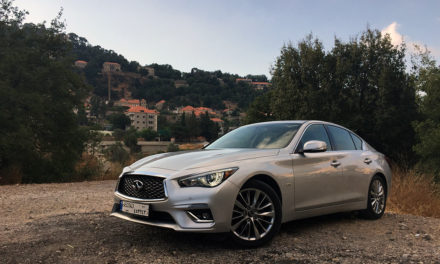hey say that before you commit to a relationship, you should buy a plant. If a year later the plant is thriving, try a goldfish. The survival of the goldfish will determine your capacity to maintain a healthy relationship.
Car ownership is no different. They may be made of steel, glass, plastic and leather, but if you’re hoping for a long-lasting relationship with your vehicle, you had better afford it all the care, attention, consideration, and yes, even pampering, just as a baby would require, if you don’t want your car to let you down when you need it the most.
Obviously, most car owners are neither trained nor have the time to carry out serious repairs or servicing, but with just a bit of effort, you can ensure you don’t face avoidable and often painfully costly repairs.
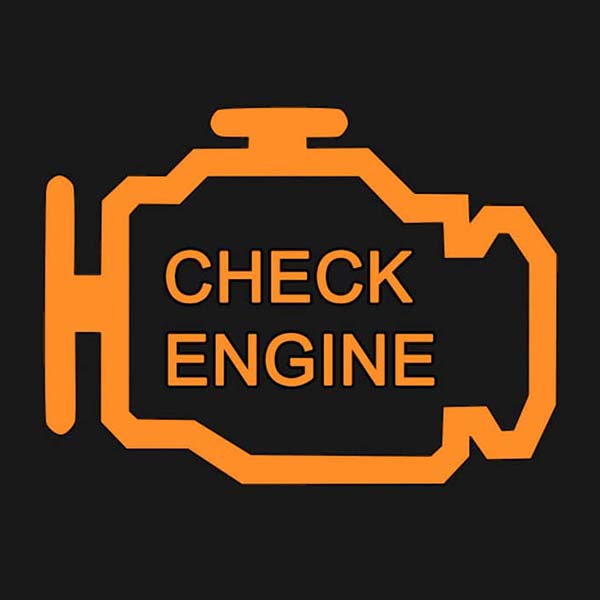
Engine – When the check engine light comes on, it’s not a suggestion. Most modern cars have an On Board Diagnostics 2 (OBDII) system which monitors the vehicle’s operations, and that light is its way of telling you something is wrong, much like your kid screaming because of a tummy ache. Have it checked out immediately; otherwise the problem could get more serious and costly.
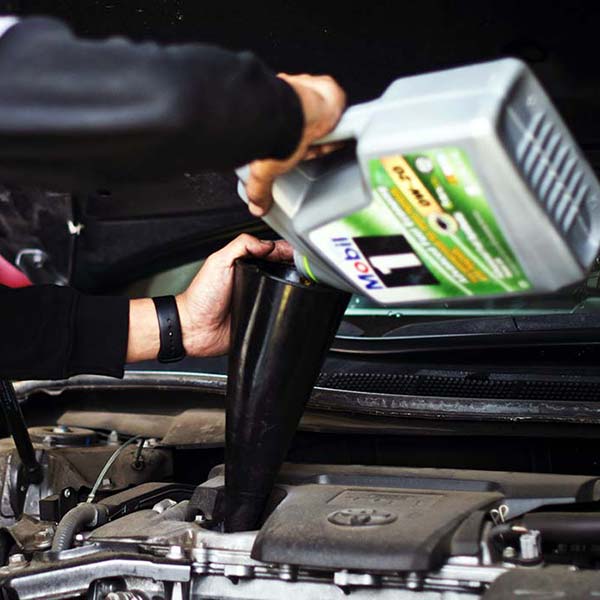
Oil should also be changed at intervals recommended by the manufacturer, using the type of fluid appropriate for your engine. If the oil level is low, your engine may have a leak or possibly bad compression. In such a case it’s best to have it looked at by a professional.
Oil should also be changed at intervals recommended by the manufacturer, using the type of fluid appropriate for your engine. If the oil level is low, your engine may have a leak or possibly bad compression. In such a case it’s best to have it looked at by a professional.

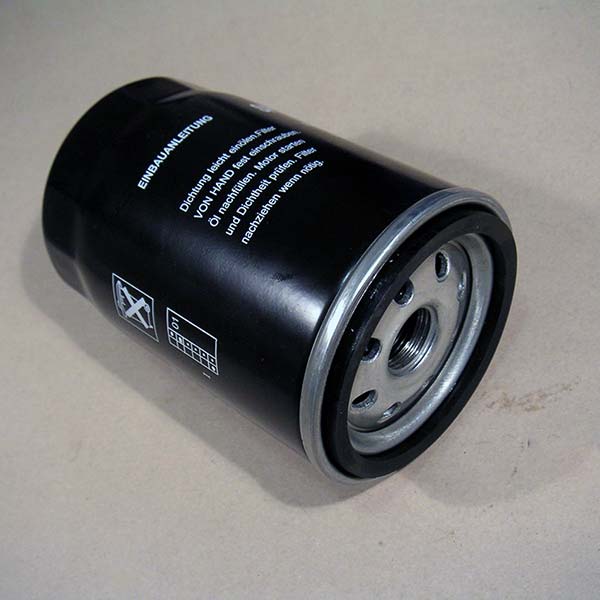
Change your air filter as needed, or as recommended by the manufacturer. Dirty or clogged air filters prevent proper air flow, preventing the fuel from burning properly in the cylinders, compromising engine performance and increasing fuel consumption.
Fuel filters remove dirt particles from your gasoline. They should be replaced as recommended by the manufacturer.
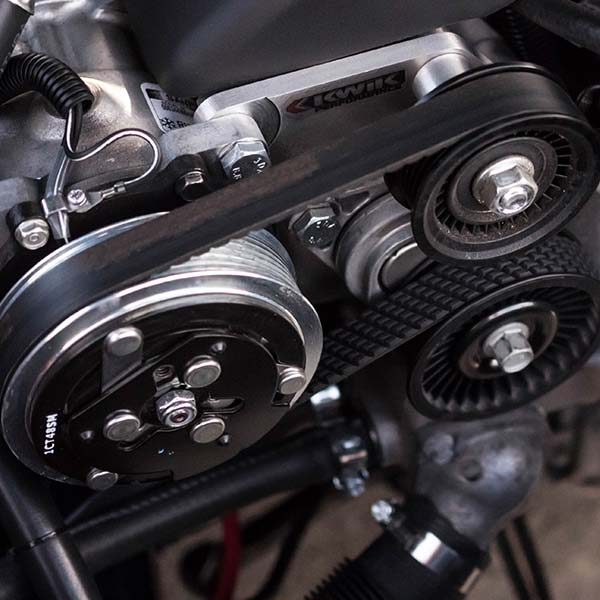
Transmission – Check the transmission fluid levels, top up as needed, and replace as recommended. Manual transmissions require lubrication to operate properly. Automatic transmissions use the fluid’s pressure to change gears. Low transmission fluid levels prevent your car from operating properly, and will cause serious damage.
Transmission – Check the transmission fluid levels, top up as needed, and replace as recommended. Manual transmissions require lubrication to operate properly. Automatic transmissions use the fluid’s pressure to change gears. Low transmission fluid levels prevent your car from operating properly, and will cause serious damage.

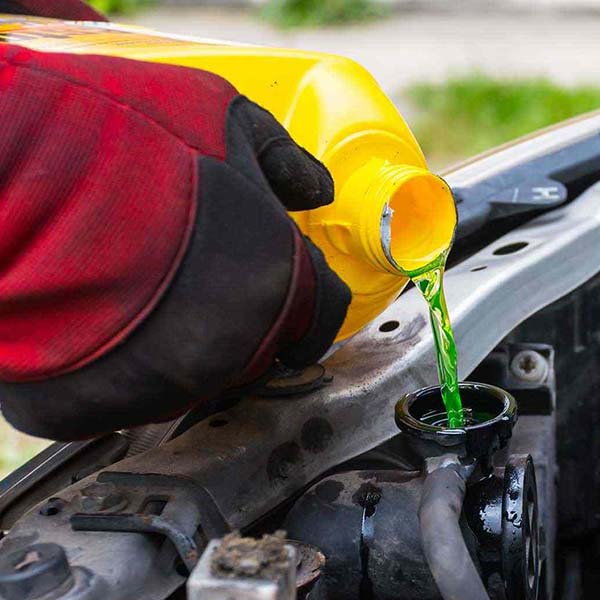

Tires – There is no excuse for not checking your tire pressure once a week. Under-inflated tires can increase fuel consumption and tire wear as well as compromise stability and safety. Make sure you check the temperature when the tires are cold.
Tires: There is no excuse for not checking your tire pressure once a week. Under-inflated tires can increase fuel consumption and tire wear as well as compromise stability and safety. Make sure you check the temperature when the tires are cold.


Check for tread depth: Treads are designed to channel water out, and unless you drive a Formula One race car which uses slick tires for better grip on dry asphalt, you need those treads to do their job on wet roads. Most tires have markings indicating the minimum depth. Replace them when that limit is reached. Tires can also be dangerous if dry, even if the treads are still deep. Replace dry tires, because their ability to grip will be greatly reduced.

Replace as recommended, preferably before they leave you stranded. Brands with longer life expectancies tend to be more expensive, but will cost less in the long run.
Replace as recommended, preferably before they leave you stranded. Brands with longer life expectancies tend to be more expensive, but will cost less in the long run.


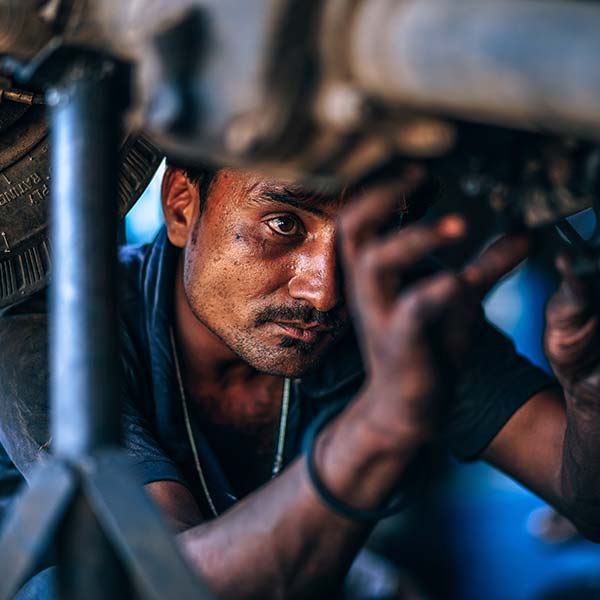
So there you have it: It seems like a lot of work just to maintain a car, but this is a relationship after all, and if you are there for your car, it will be there for you for a very long time.
So there you have it: It seems like a lot of work just to maintain a car, but this is a relationship after all, and if you are there for your car, it will be there for you for a very long time.



